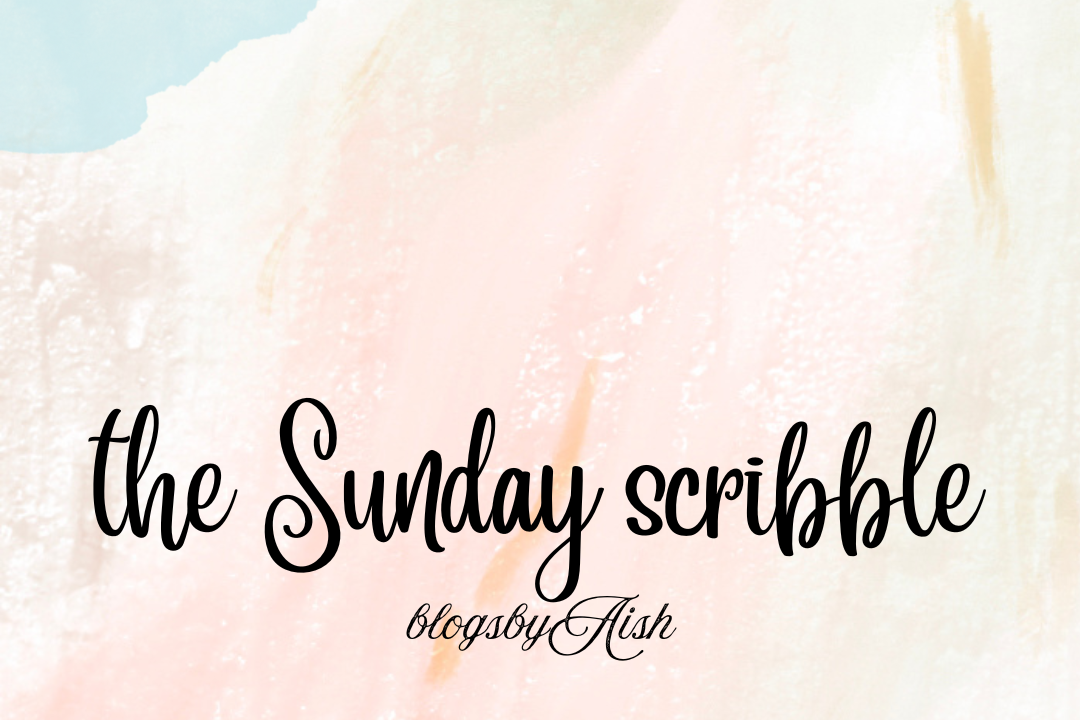In this post, we will dive into the most common and some unconventional painting surfaces, breaking down their pros, quirks, and best uses. Whether you are a beginner experimenting with materials or a seasoned artist looking to refresh your toolkit, discovering the right surface can be just as inspiring as the paint itself.
https://www.himalayafineart.com/?srsltid=AfmBOooGn_xNt2PkhxfRjzy3bdv6wlu3xwDqN3MAzbdMqraZ8UU0Tfvu
1. The Classic: Canvas
What it is:
Canvas is a tightly woven fabric traditionally made of linen or cotton stretched over a wooden frame (called a stretcher bar). It is typically primed with gesso to seal the Fibers and prepare it for paint.
Pros:
- Versatile: Works beautifully with oils and acrylics.
- Flexible & lightweight: Easy to transport and hang.
- Customizable: Comes in various textures (smooth to rough) and sizes.
Linen vs. Cotton:
- Linen: More durable and has a smoother finish; preferred by professionals.
- Cotton (duck canvas): More affordable and widely available; great for students or large projects.
Tip:
Always check if your canvas is pre-primed. Unprimed canvas will absorb paint unevenly and can deteriorate over time.
2. Canvas Board and Panels
What it is:
These are canvas sheets mounted on a rigid board, offering the feel of canvas without the bounce of stretched fabric.
Ideal for:
- Quick studies or plein air painting
- Beginners or travel artists
- Framing without the depth of stretched canvas
Pros:
- Inexpensive
- Space-saving
- Does not warp easily

CANVAS IMAGE
3. Wood Panels
What it is:
Smooth or textured wooden boards (like birch, MDF, or hardwood) sealed and primed for painting.
Why artists love it:
- Extremely durable and archival
- Great for fine detail due to lack of texture
- Does not flex or stretch over time
Best for:
- Oil painting (prevents paint cracking over time)
- Acrylic and mixed media
- Highly detailed work or heavy textures

4. Paper
Yes, paper! Not just for drawing—specialized paper can be used for painting too.
- Watercolor paper: Textured and absorbent, designed for water-based media.
- Acrylic paper: Thicker with slight texture, won’t buckle under wet paint.
- Oil paper: Specially primed to handle oils without the need for gesso or sealing.
Pros:
- Portable and inexpensive
- Great for practice or travel
- Easier to store in portfolios
Tip: Always tape down paper edges to prevent warping while painting.

5. Fabric, Found Materials & Alternative Surfaces
For the experimental artist, almost anything can become a painting surface—denim, raw wood, metal, old book pages, cardboard, glass. Each brings its own personality.
- Fabric: Soft, unpredictable, great for expressive or textile-inspired work.
- Cardboard: Raw and absorbent, adds a gritty, eco-friendly touch.
- Glass or plexiglass: Slippery, ideal for reverse painting or installation work.
- Wall (mural surfaces): Requires specific primers (like masonry sealant) but offers immersive scale.
❤️The surface you paint on isn’t just a background—it’s a partner in creation. It influences the feel of your brush, the drying time of your paint, and the overall emotion of your work. Whether you’re sticking to classic canvas or experimenting with glass or wood, choose a surface that resonates with your intention.
Let your surface speak—sometimes it will surprise you.
If you find my articles informative, please comment down in the box. Your each review matter!
blogbyAish
